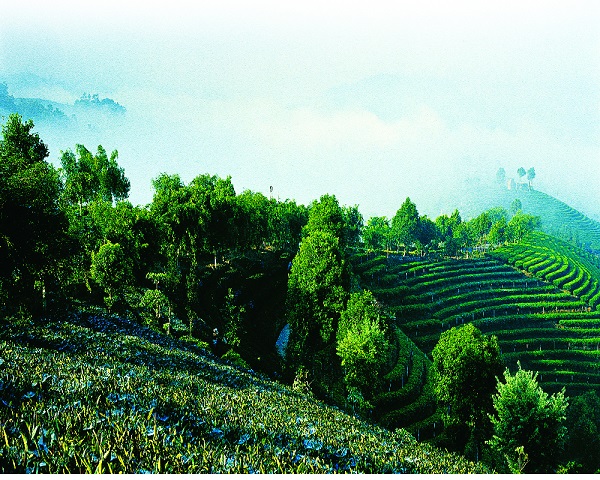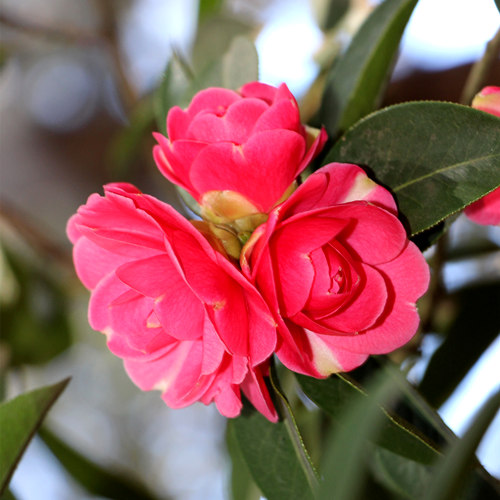
The old town of Lijiang
 The old town of Lijiang, a well-preserved old city of minorities with brilliant culture, is a central town of Lijiang City in the northwest of Yunnan Province. Located on the plateau 2,400 meters (7,874 feet) above the sea level, the old town looks like a big ink slab, therefore is named the Town of Big Ink Slab (Dayanzhen).
The old town of Lijiang, a well-preserved old city of minorities with brilliant culture, is a central town of Lijiang City in the northwest of Yunnan Province. Located on the plateau 2,400 meters (7,874 feet) above the sea level, the old town looks like a big ink slab, therefore is named the Town of Big Ink Slab (Dayanzhen).
The old town which covers an area of 4 square kilometers was first built in the late Song Dynasty (960-1279) and the early Yuan Dynasty (1279-1368) thus has a history of more than 800 years. Since Kublai Khan set his reign here, Lijiang was on a fast developmental way and became the political, economic and cultural center in this area, playing a very important role in trades between Yunnan, China’s hinterland, Tibet, India and many other Asian countries.
The old town is the only old city built without walls. The reason goes that, Lijiang had been under the reign of the hereditary Mu family for more than 500 years; and if the Chinese character "Mu" (tree or wood) is put into a frame (walls), you have the character 'Kun' which means 'siege' or 'predicament' in Chinese. This would mean that the governing Mu family and their descendants would always be trapped or in trouble. As a result of the combination of the multinational culture and the progress of Naxi minority, the buildings in the town incorporate the best parts of the architectural traits of Han, Bai, and Tibet into a unique Naxi style.
The layout of the town is free-style and flexible, the houses are close and diverse, and the lanes are narrow and crisscrossing. Most of Naxi houses are wood-tile structure compound with a garden. Naxi people pay much attention to the decoration too; most of their houses are engraved with vivid figures of people and animals on doors and windows.
The Black Dragon Pool (Heilongtan) is the major water source of the town and subdivides into many streams that can reach most of the families and streets in the town. Due to the reticular aqueducts, willow trees grow everywhere and there are almost 350 varied and inimitable bridges in the little town, some of which were built in the Ming and Qing Dynasties. The usage of the water created by the local people is very scientific; they build three mouths for every well from the upriver to the downriver; the water in the first mouth is for edibility, the second is for cleaning food, and the last one is for laundry. The water not only meets the need of the dwellers, but also gives the town a beauty; thus, the old town of Lijiang is reputed as the "Oriental Venice" and "Suzhou in Highland".
On December 3rd, 1997, the Old Town of Lijiang was inscribed in the List of the World Cultural Heritages by the UNESCO.
Justification for Inscription Quoted from UNESCO World Heritage Centre
The Committee decided to inscribe this site on the basis of cultural criteria (ii), (iv) and (v). Lijiang is an exceptional ancient town set in a dramatic landscape which represents the harmonious fusion of different cultural traditions to produce an urban landscape of outstanding quality.
Add: Lijiang, Northwest Yunnan



